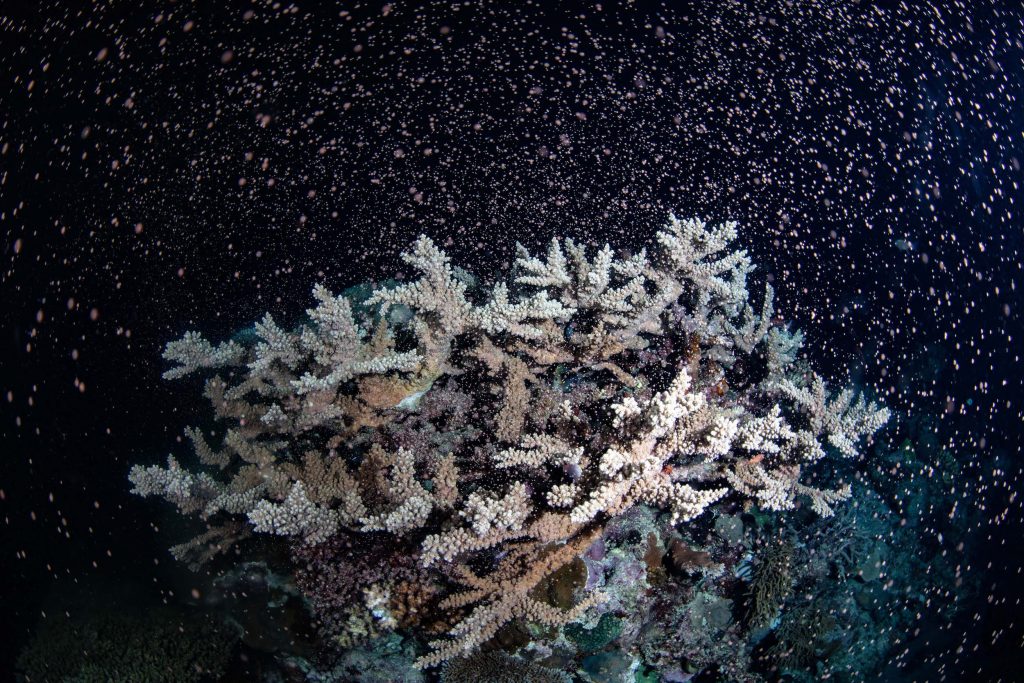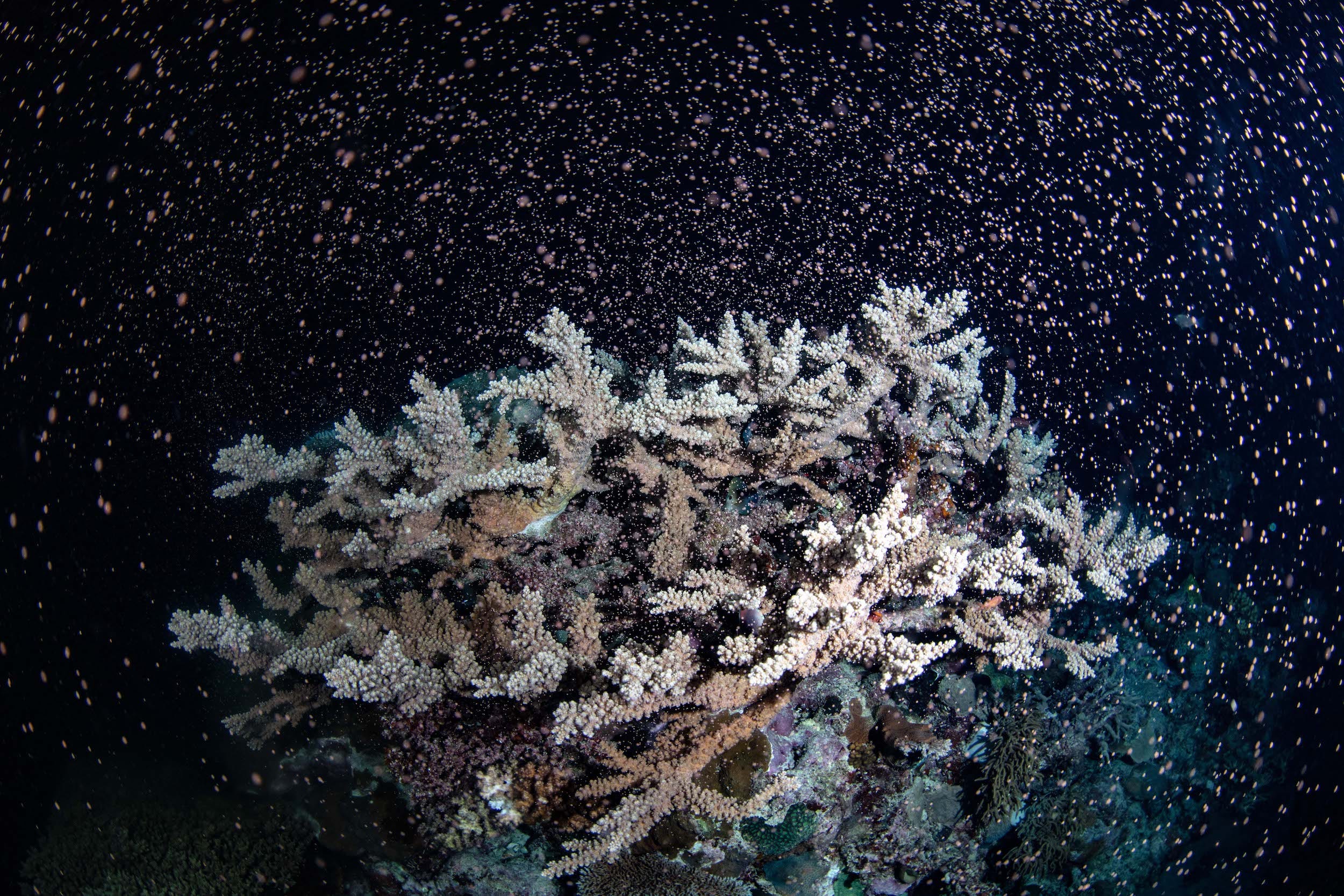
- Corals in Australia's Great Barrier Reef spawned last week — a mysterious synchronized ritual.
- Photos and video show snowstorm-like flurries of colorful coral eggs and sperm filling the water.
- About 14% of the world's coral has died as oceans warm. But experts are hopeful reefs can recover.
On a clear, calm night in the waters of Australia's Great Barrier Reef last week, local photographers slipped into scuba gear, grabbed underwater cameras, and dove into a colorful underwater snowstorm.
The corals were spawning.
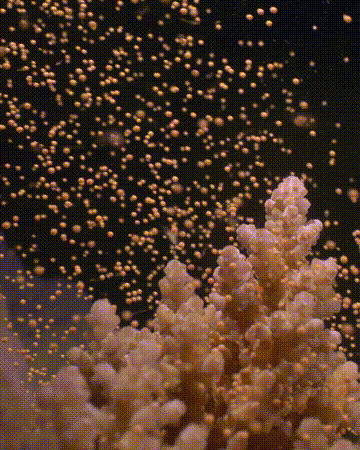
"We're finding all these beautiful coral colonies just laden with these little parcels of sperm and egg, and just watching them for 20 or 30 minutes. Then all of a sudden, they just erupt, kind of like a smokestack going up, but made up of tiny pink balls drifting up to the surface," Gareth Phillips, a marine biologist who has observed corals spawn for 10 years, said in a Queensland tourism agency video.
Corals are plant-like colonies of hundreds of individual animals called polyps. Each year, they open up and release millions of bundles of eggs and sperm in a massive synchronized breeding event.
"It's the largest sexual event on the planet," Phillips said.
In past years, he added, spawning events have either been a steady trickle or one mass explosion. This year, it was more like pulses of different corals releasing their bundles, he said.
"There seemed to be different species spawning in waves, one after the other," Phillips, who runs Reef Teach, a tourism and research center, said in a statement. "It is gratifying to see the reef give birth."
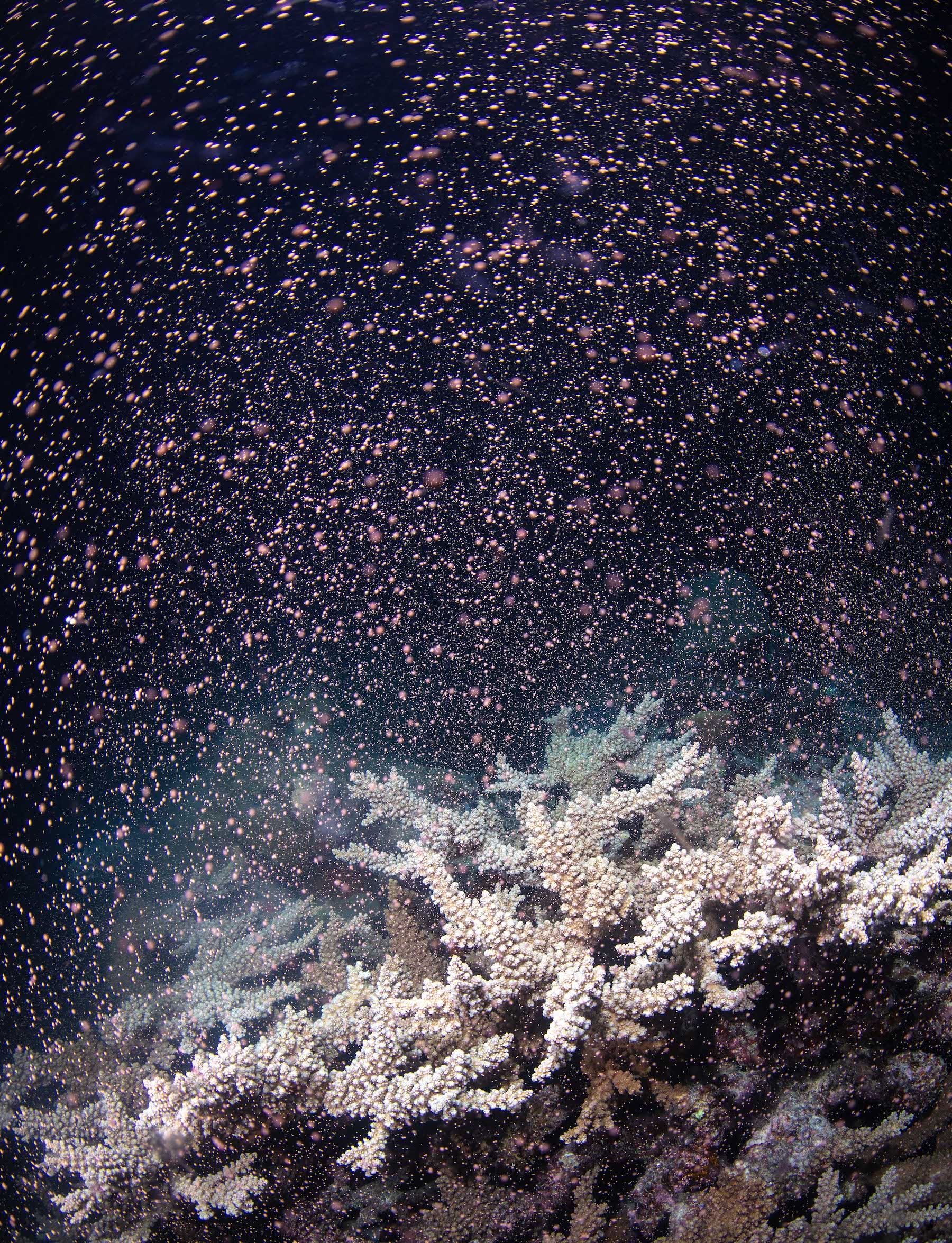
Phillips and other diving photographers captured stunning photos and footage that night. The breeding frenzy was a refreshing sight for the divers, many of whom have watched parts of the reef die off over the last few years.
Warming oceans threaten corals everywhere, but the mysterious spawn continues
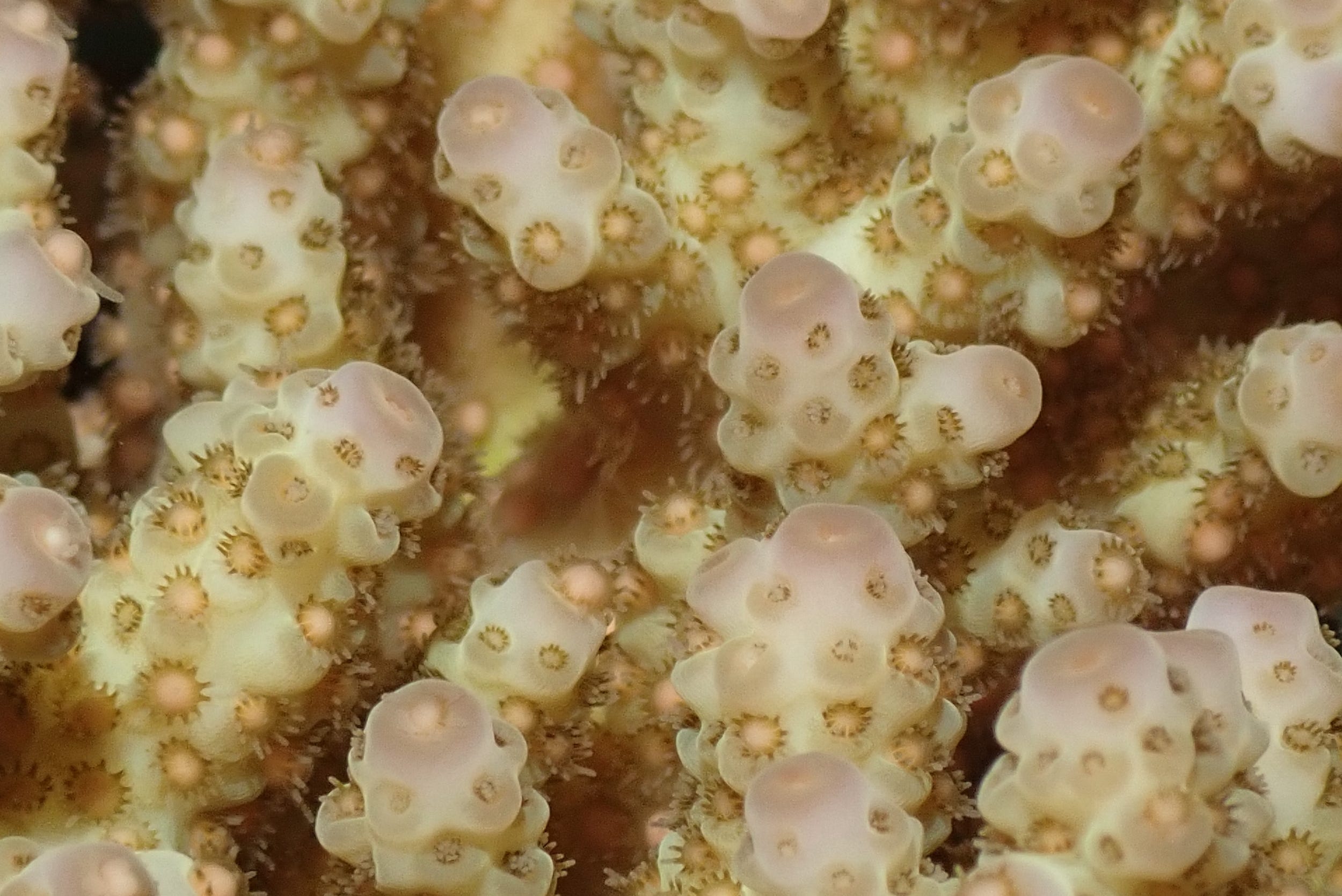
Oceans absorb much of the excess carbon dioxide that humans have pumped into the atmosphere for more than a century, raising the temperature and acidity of oceans worldwide. Under that stress, many corals expel colorful algae that both live on them and serve as their food source — a process known as "coral bleaching," since corals look white without algae. Bleaching doesn't always kill corals, but they often starve to death afterward.
From 2009 to 2018, rising ocean temperatures drove the death of 14% of the world's coral, according to a report from the Global Coral Reef Monitoring Network (GCRMN), published last month in collaboration with the United Nations.
That's more coral than in all of Australia's reefs.
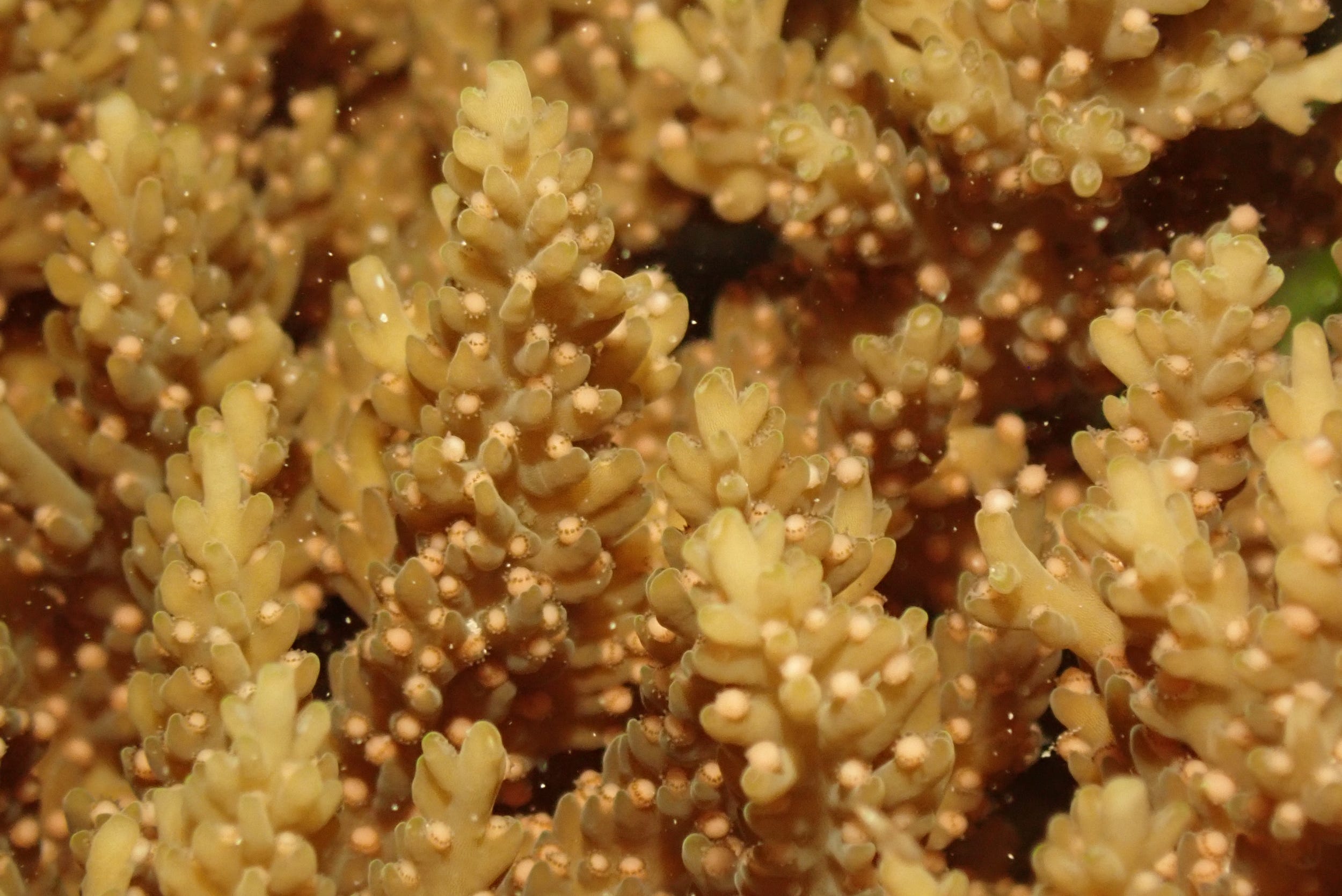
Reefs have recovered from coral bleaching in the past. The GCRMN report notes that a global bleaching event in 1998 killed about 8% of the world's coral, but reefs recovered to pre-1998 coral cover during the ensuing decade.
In the 2010s, however, exceptionally warm summers caused several back-to-back global bleaching events, culling even more of the planet's coral than was killed in 1998. The Great Barrier Reef had its worst ever bleaching events in 2016 and 2017 — until 2020 topped those records.
"We are all in shock really at how quick this has happened," Terry Hughes, director of the ARC Centre of Excellence for Coral Reef Studies at James Cook University, told CNN at the time. "Three severe bleaching events in five years is not something we anticipated happening until the middle of the century."
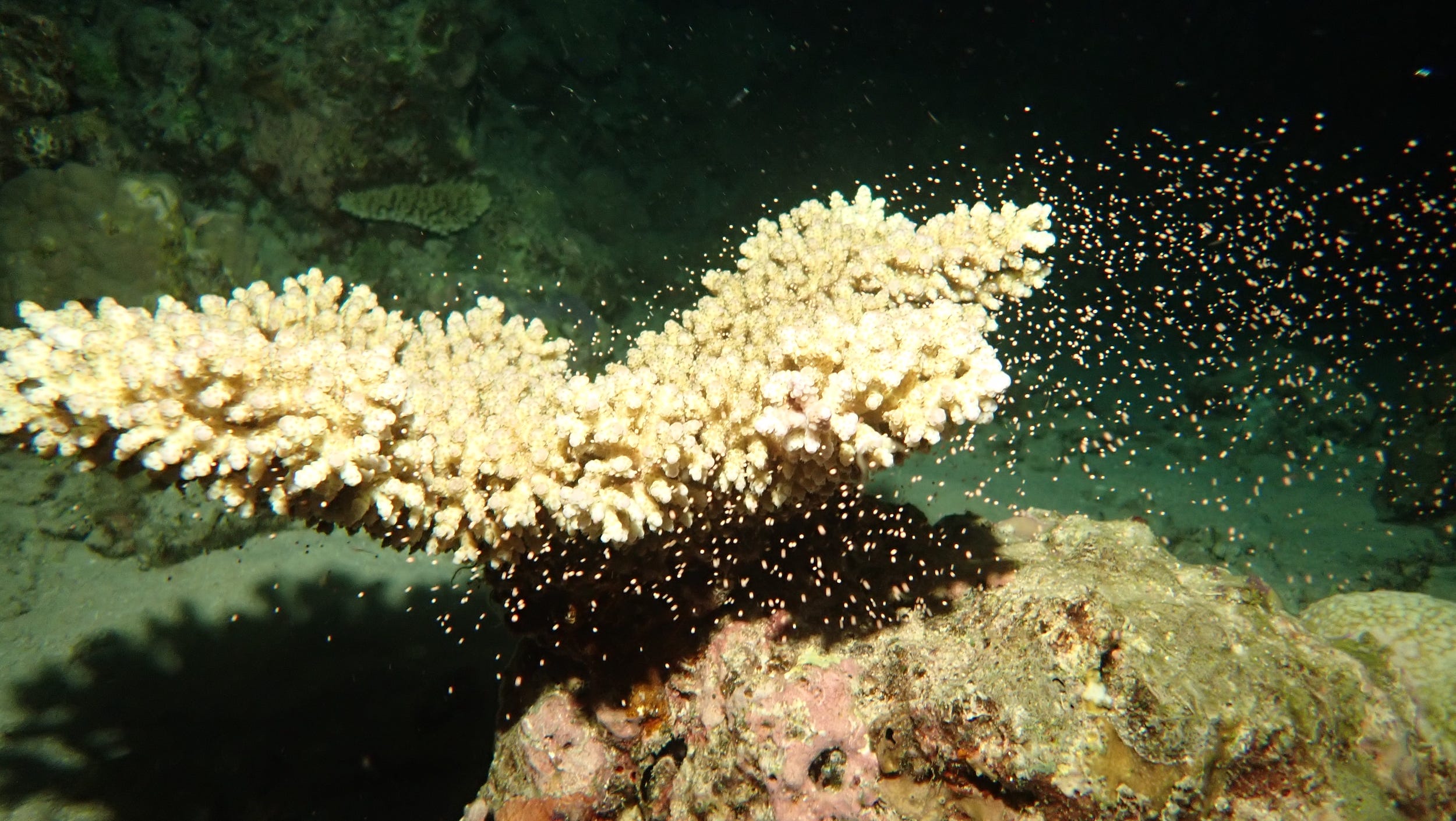
But for Phillips, this year's explosive spawn is cause for hope.
"This event is a great showcase that it's not too late," Phillips told The Washington Post.
Coral reefs are home to 25% of the planet's marine animals and plants. They also provide food, jobs, recreation, and a buffer against coastal flooding for hundreds of millions of people, according to the GCRMN report.
"This is why we need to act to look after it," Phillips said.
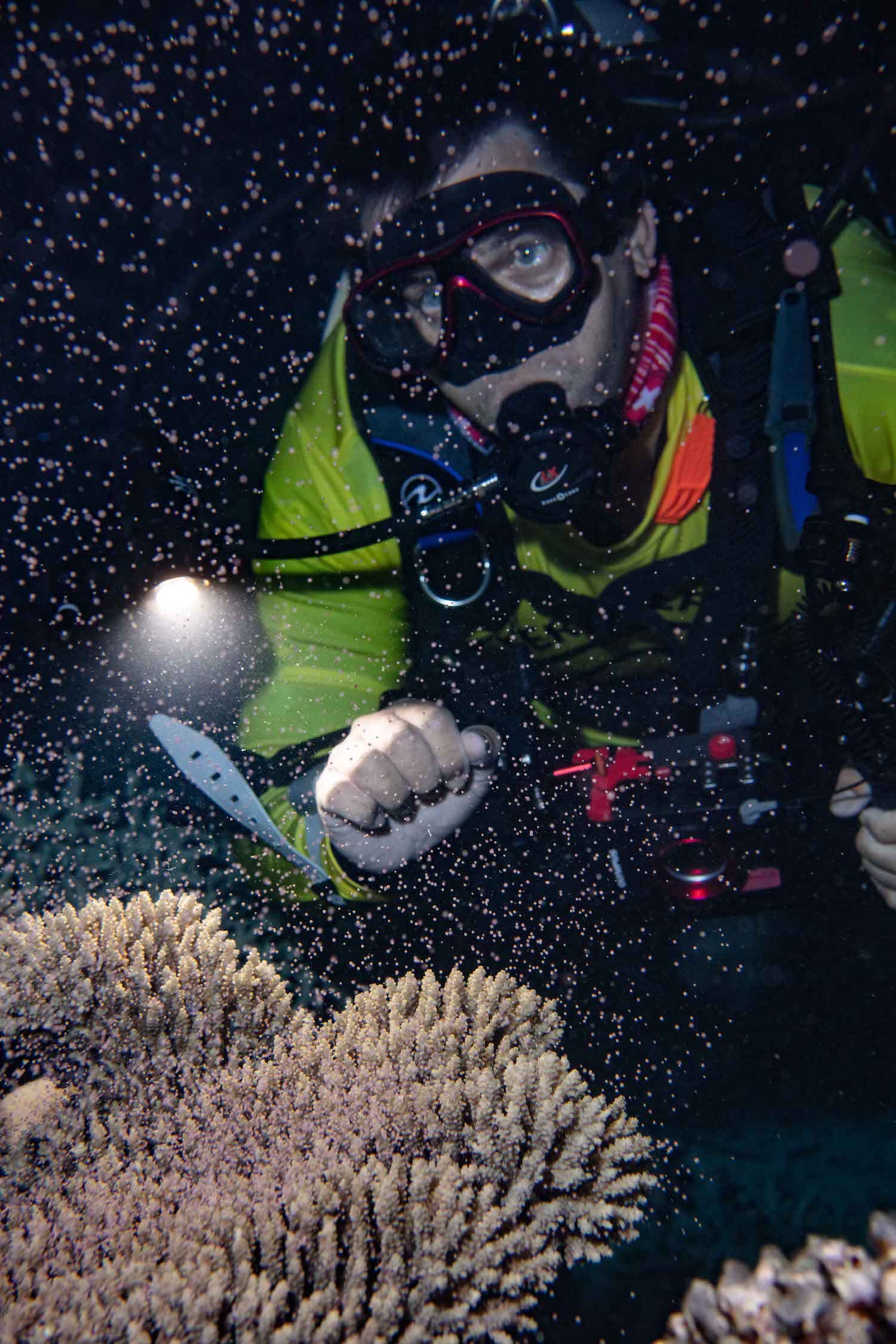
Although corals spawn every year, scientists can't predict exactly when it will happen, and they don't know what triggers it.
In the northern Great Barrier Reef, where these photos were taken, corals usually spawn in November or December, a few nights after the full moon. Researchers know that the water must be warm enough for eggs to mature in the weeks ahead of spawning. The events also seem to be linked to the tide, the length of the day, and the saltiness of the waters, according to Australia's Great Barrier Reef authority.
"While we are somewhat able to predict a timeframe for when it might happen, so much about this annual event is still a mystery," Phillips said.

